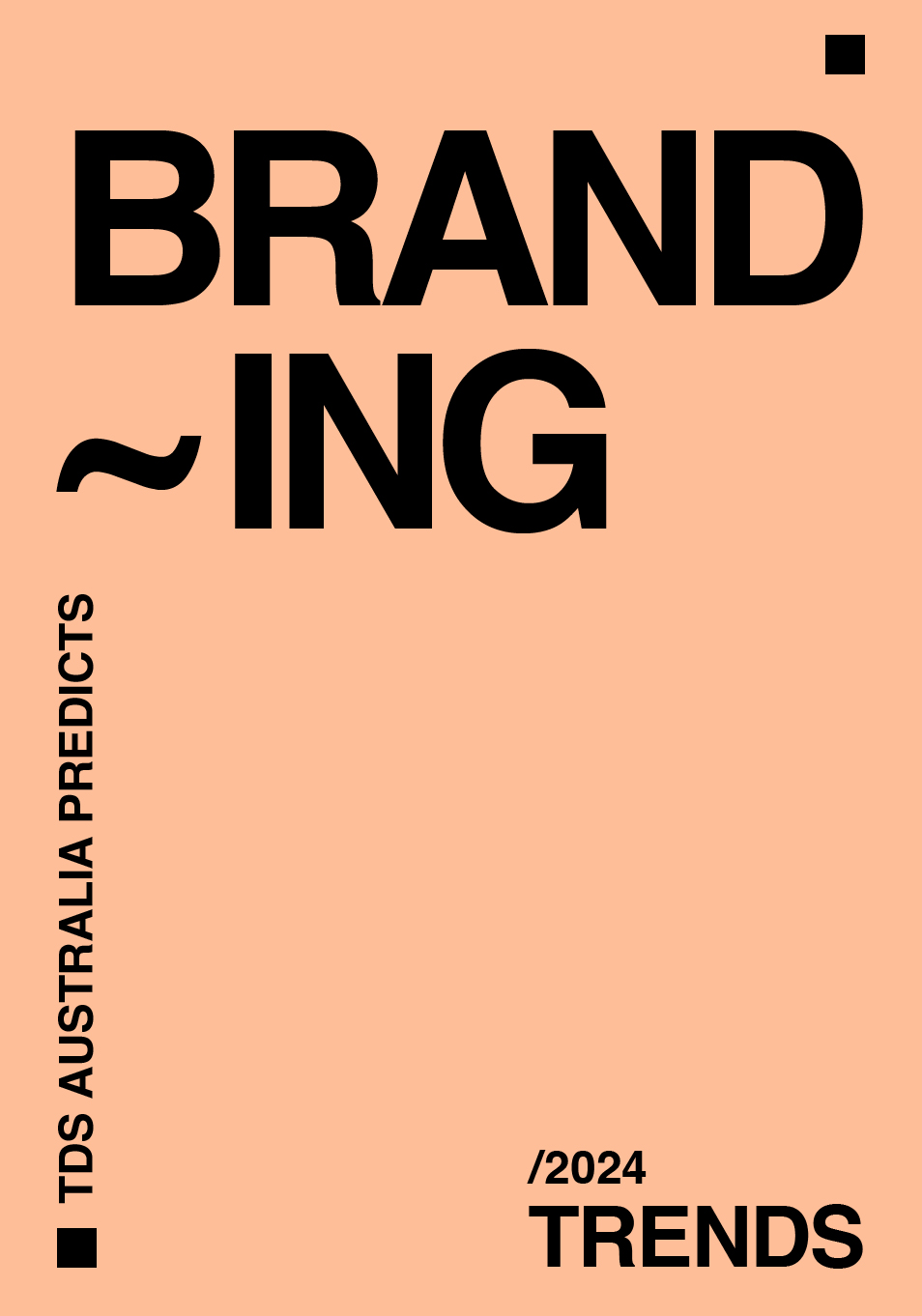In the ever-evolving realm of web design, staying abreast of the latest trends and innovations is essential to create captivating digital experiences that resonate with users.
As we embark on a new year, the digital landscape is set to witness a wave of transformative website design trends that promise to redefine aesthetics, functionality, and user engagement. Tokyo Design Studio Australia (TDS Australia), a trailblazer in innovative web design solutions, offers insights into the seven key design trends poised to shape the digital sphere in 2024.
1. Minimalist Design with a Focus on Accessibility and User Experience
As Jess Tran, Co-Founder of TDS Australia, succinctly puts it, “In 2024, expect minimalist design with a focus on accessibility and user experience, along with increased use of interactive 3D elements.” This encapsulates the prevailing trend towards sleek, clutter-free designs that prioritise ease of use and seamless navigation for users.
Minimalism, coupled with intuitive interfaces, is set to dominate the digital landscape, fostering engaging and frictionless browsing experiences.
DesignRush, a reputable platform for design insights, features Jess Tran as a design expert, underscoring the significance of minimalist design principles and interactive 3D elements in elevating website aesthetics and functionality. By embracing clean layouts, legible typography, and user-friendly design components, businesses can craft websites that not only visually captivate but also enhance user interactions and brand perception.
2. Dark Mode and Light Mode Variants for Enhanced Visual Contrast
In 2024, the dichotomy between dark mode and light mode variants is poised to emerge as a prevalent design trend, offering users the flexibility to toggle between distinct visual modes based on their preferences.
Dark mode interfaces, recognised for reducing eye strain and enhancing readability, present a sophisticated, modern aesthetic. Conversely, light mode variations offer a crisp, vibrant appearance appealing to a wider audience.
By incorporating both dark and light mode options, websites can cater to diverse user tastes and deliver personalised browsing experiences.
"In 2024, expect minimalist design with a focus on accessibility and user experience, along with increased use of interactive 3D elements."
3. Inclusive Design Principles for Accessible User Experiences
With a growing emphasis on inclusivity and diversity, website design trends in 2024 are steering towards inclusive design principles that prioritise accessibility and usability for all users. Inclusive design focuses on creating interfaces that are user-friendly, accommodating varying abilities and preferences.
From colour contrast adjustments and text alternatives to keyboard navigation and screen reader compatibility, inclusive design ensures that websites are accessible to a broad spectrum of users, fostering equal participation and engagement.
4. Dynamic Typography and Font Pairings for Visual Impact
Typography takes center stage in 2024, with a shift towards dynamic font choices and expressive typographic treatments.
Websites are leveraging bold fonts, custom typefaces, and creative font pairings to make a striking visual statement and reinforce brand identity. By experimenting with typography styles, weights, and sizes, businesses can infuse personality and character into their websites, creating memorable and engaging text-based content that resonates with users.
5. Neumorphism and Soft UI Elements for Depth and Dimension
The rise of neumorphism and soft UI elements marks a significant design trend in 2024, introducing depth, realism, and tactile aesthetics to digital interfaces.
Neumorphic design techniques emulate physical attributes, such as soft shadows, subtle highlights, and gentle gradients, to create a sense of depth and interaction.
By incorporating neumorphic elements, such as buttons, cards, and input fields, websites can achieve a tactile, three-dimensional look that enhances user engagement and visual appeal.
6. Scrollable Storytelling and Vertical Navigation for Narrative Experiences
Scrollable storytelling and vertical navigation emerge as popular techniques in 2024, enabling websites to guide users through immersive, narrative-driven content experiences.
By integrating vertical scrolling mechanisms, parallax effects, and interactive storytelling elements, websites can unfold captivating narratives, reveal content progressively, and engage users in a fluid, cohesive journey. This approach to storytelling enhances user engagement, encourages exploration, and fosters a seamless narrative flow that keeps visitors captivated.
7. Data Visualisation and Infographics for Information-Rich Content Delivery
Data visualisation and infographics take center stage in 2024, offering businesses innovative ways to present complex information, statistics, and trends in a visually compelling manner.
By utilising interactive charts, graphs, and infographics, websites can transform data-heavy content into engaging visual narratives that are easy to digest and understand. Data visualisation not only enhances content readability but also enriches user experiences, making information more accessible, engaging, and impactful.
As businesses navigate the evolving landscape of website design trends in 2024, the convergence of minimalist aesthetics, inclusive design principles, and dynamic visual elements heralds a new era of digital creativity and innovation. By embracing these trends, businesses can create immersive, user-centric websites that resonate with audiences, elevate brand perceptions, and set new standards for digital excellence. By embracing the fusion of visual trends, interactive elements, and user-centric design philosophies, businesses can forge meaningful connections with their audiences, differentiate their brand identities, and lead the way in shaping the future of web design.
The year 2024 promises to be a transformative period for website design, marked by a convergence of minimalist aesthetics, inclusive design principles, dynamic typography, and immersive storytelling techniques
As businesses strive to create engaging, accessible, and visually captivating digital experiences, incorporating these key design trends can pave the way for innovative, user-centric websites that resonate with modern audiences.
By staying attuned to evolving design practices and consumer preferences, businesses can position themselves at the forefront of digital innovation, driving engagement, fostering loyalty, and setting new benchmarks for digital excellence in the years to come.





